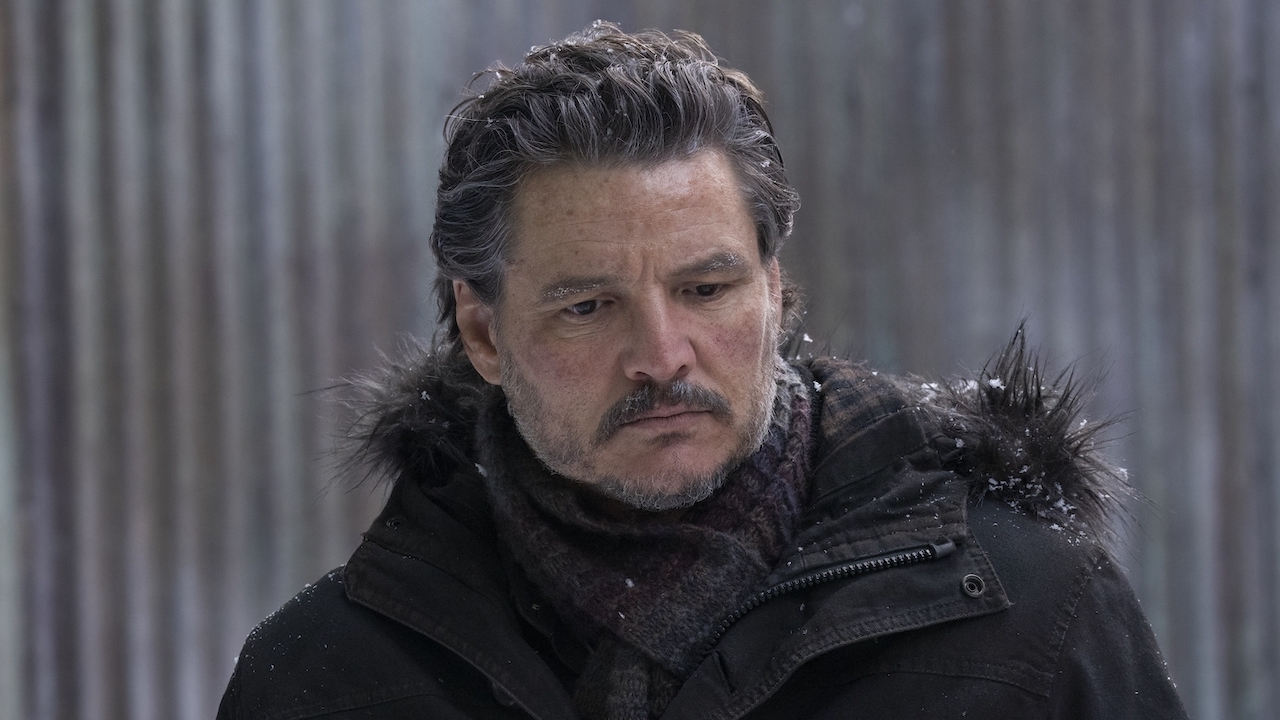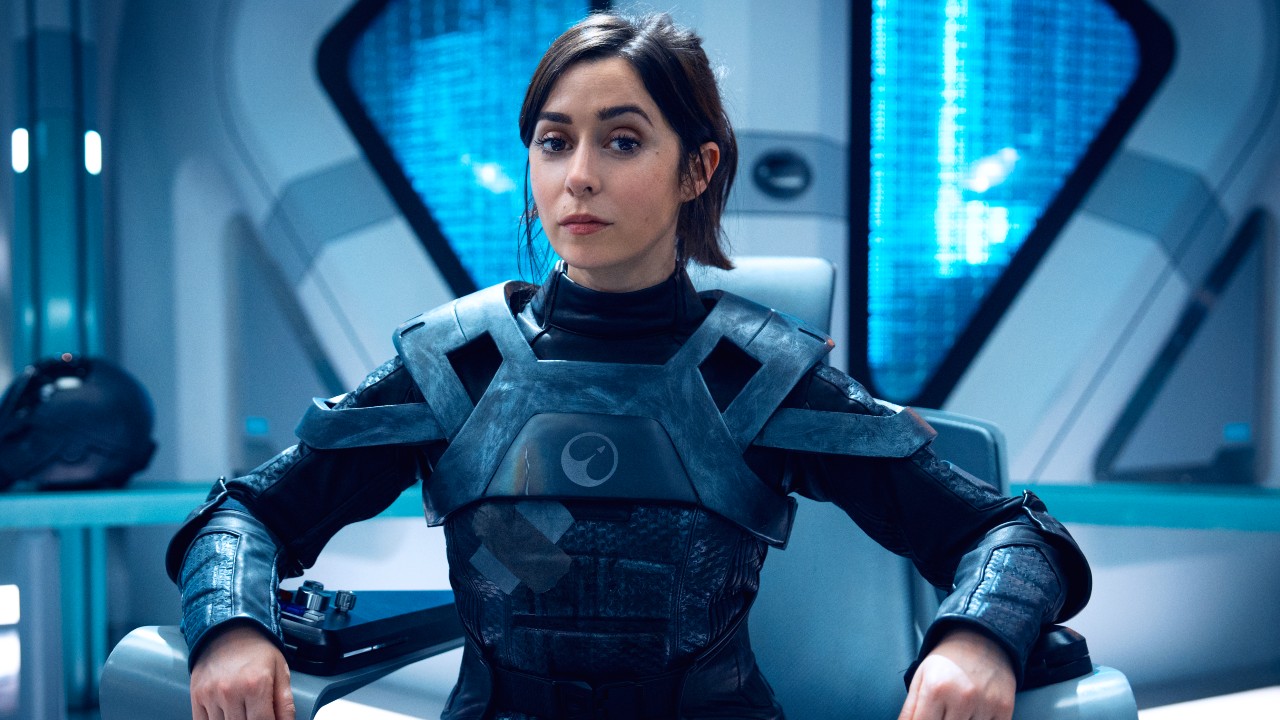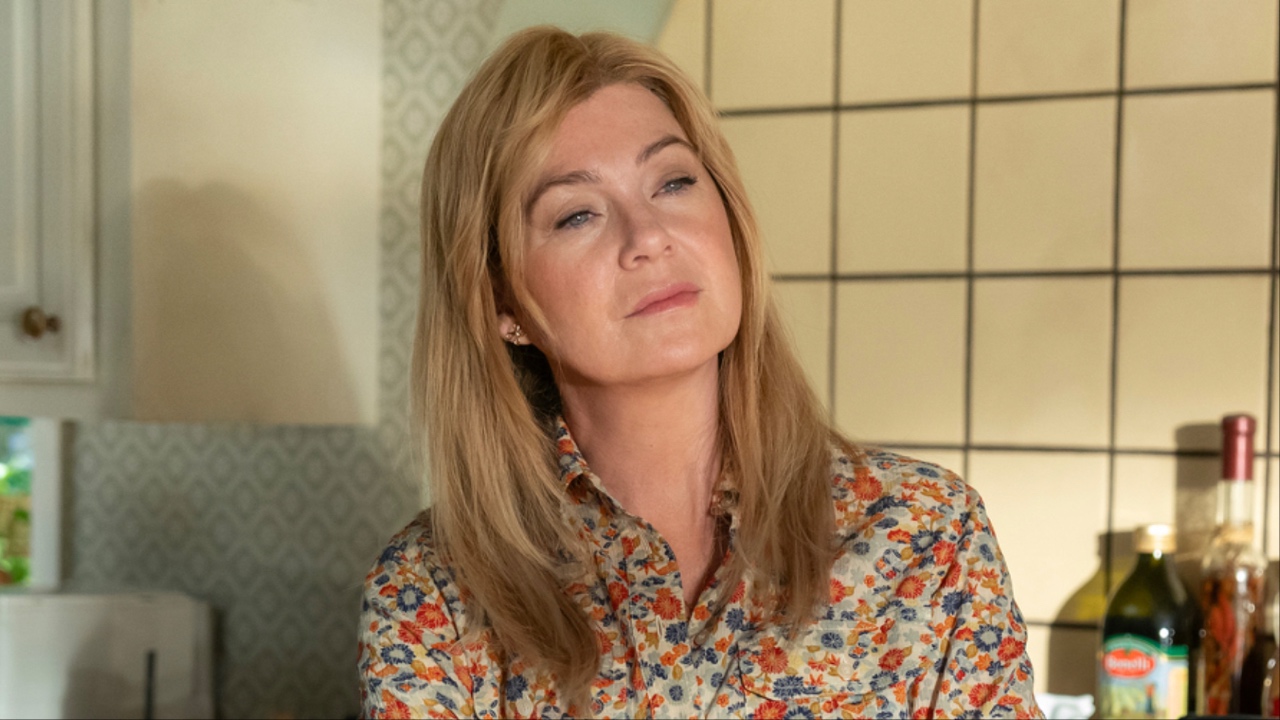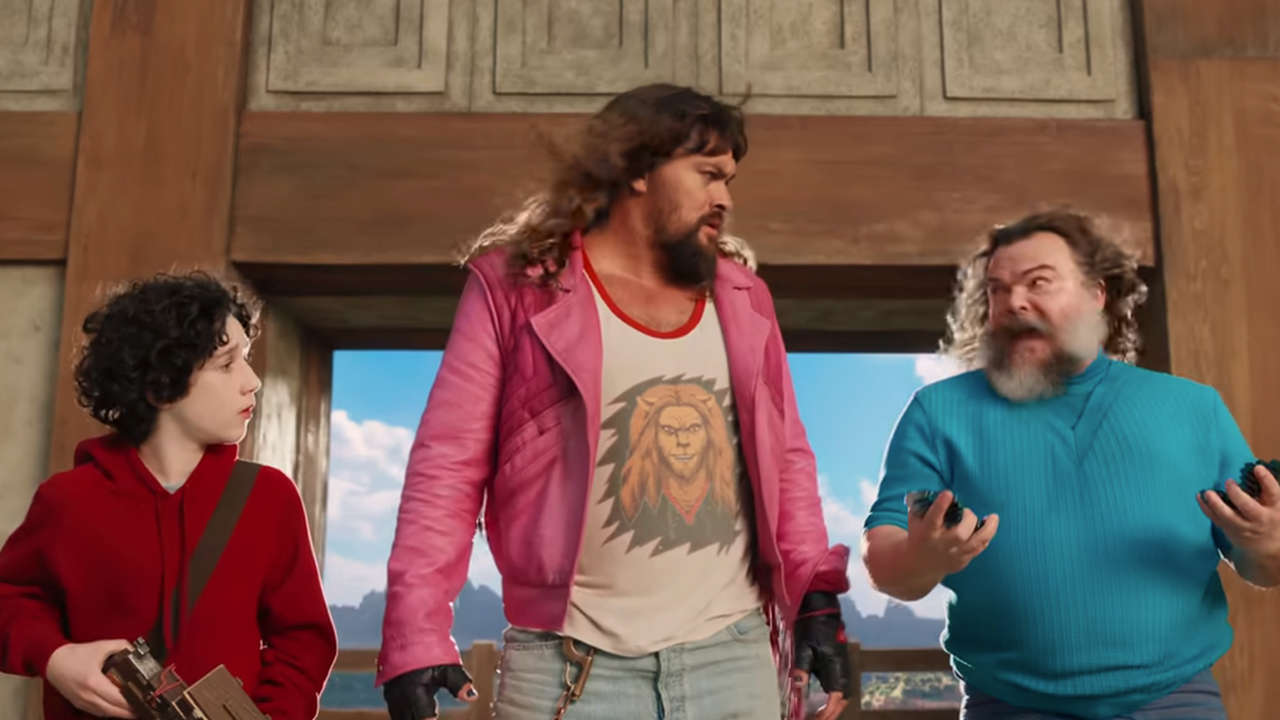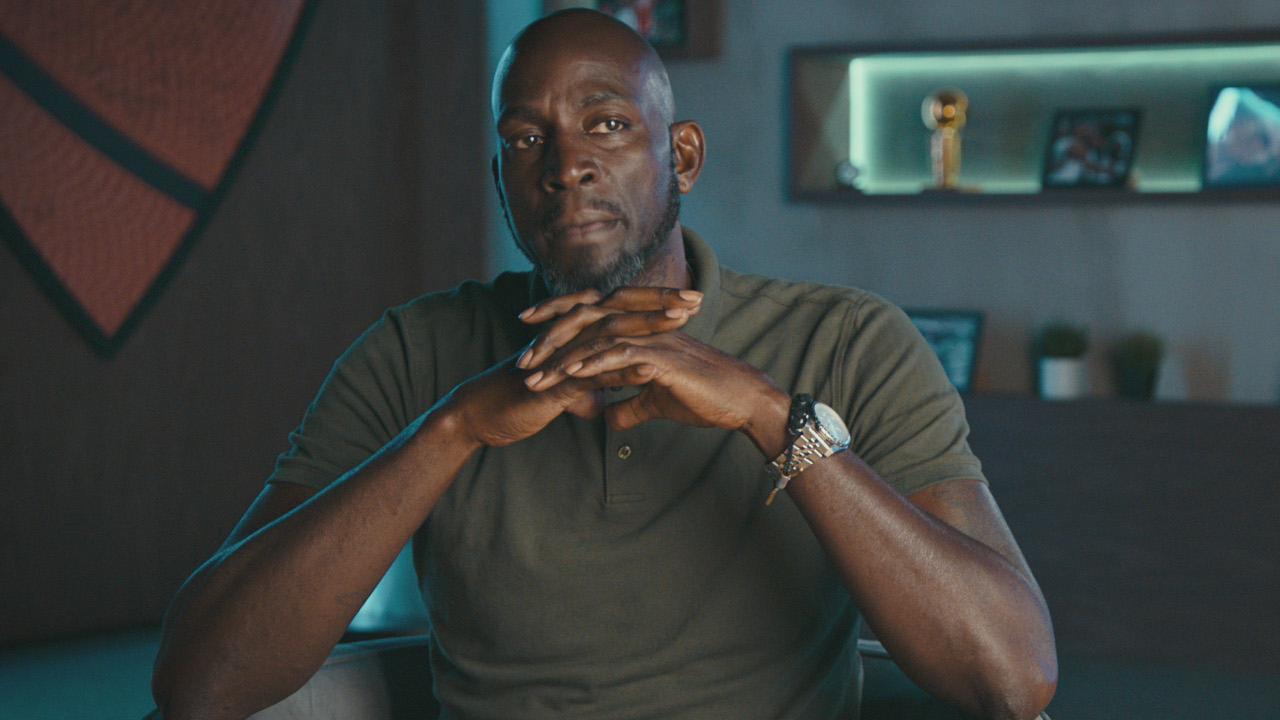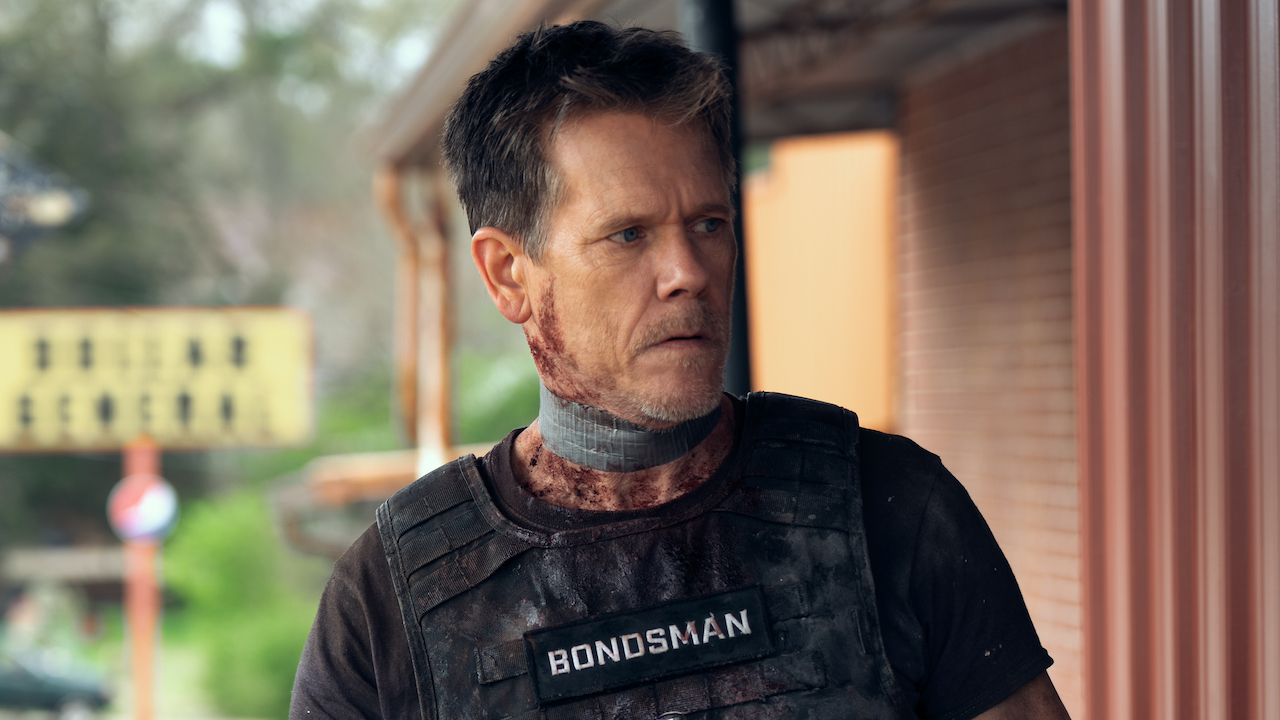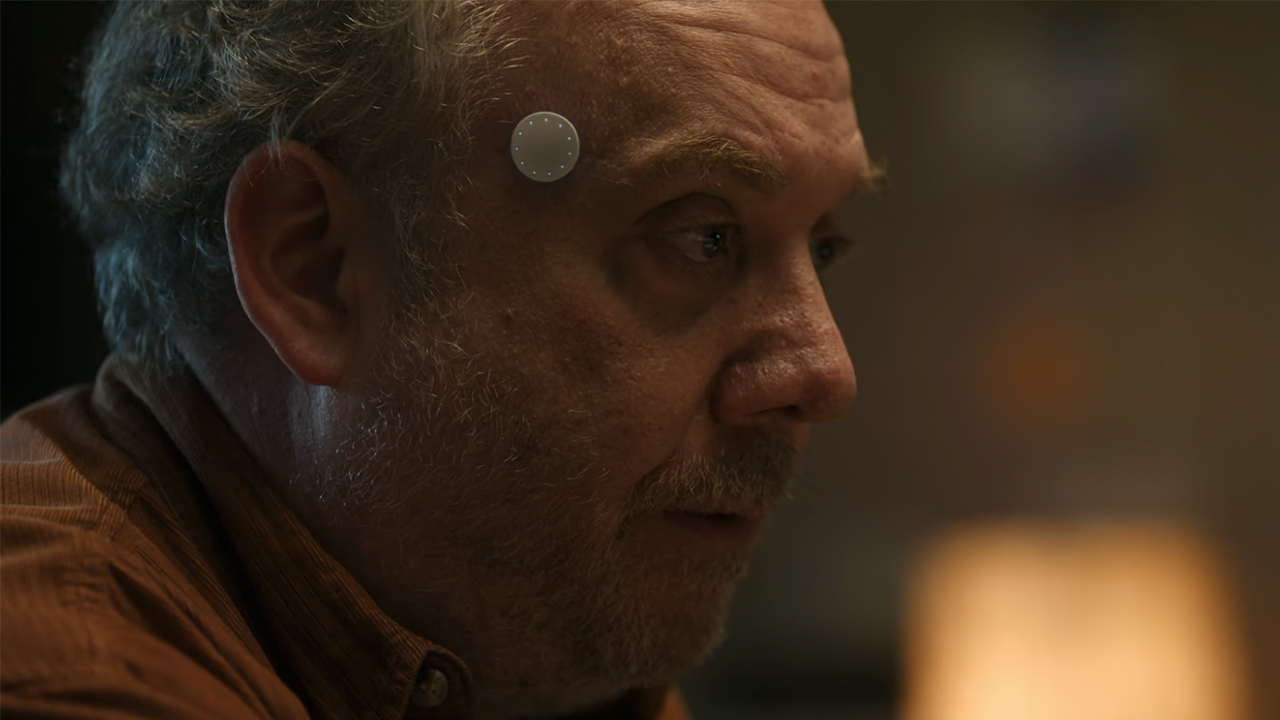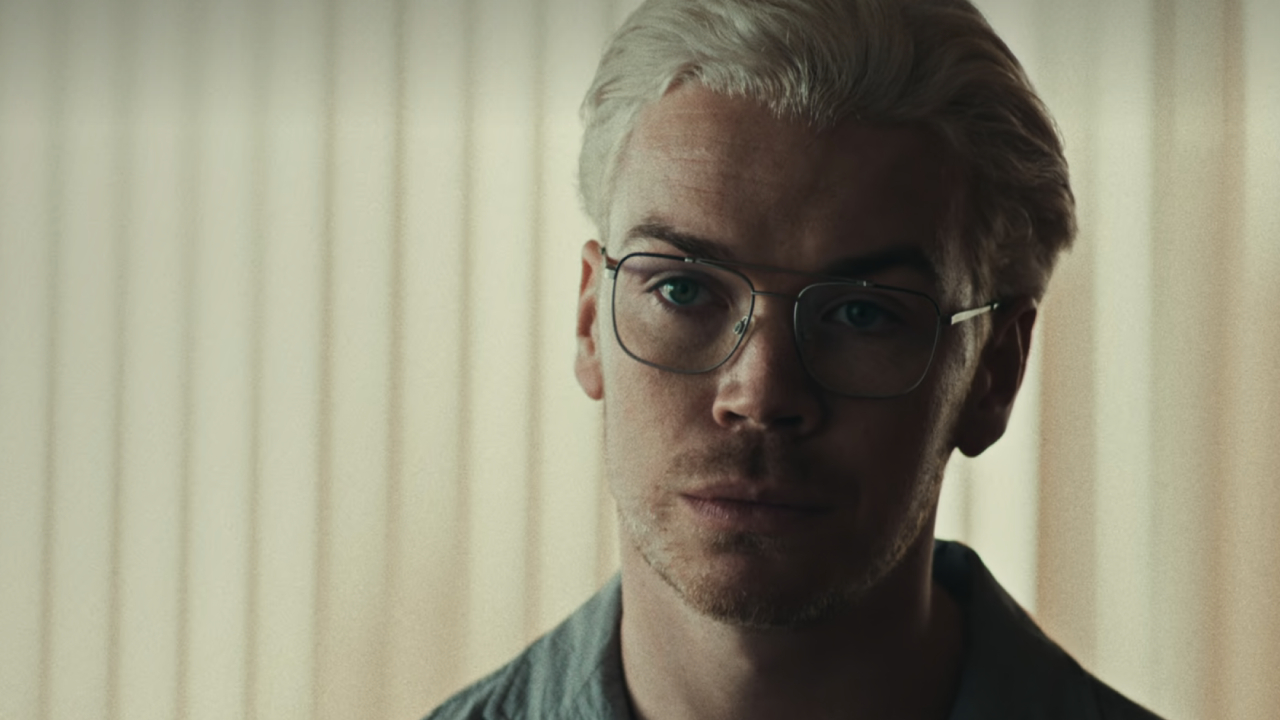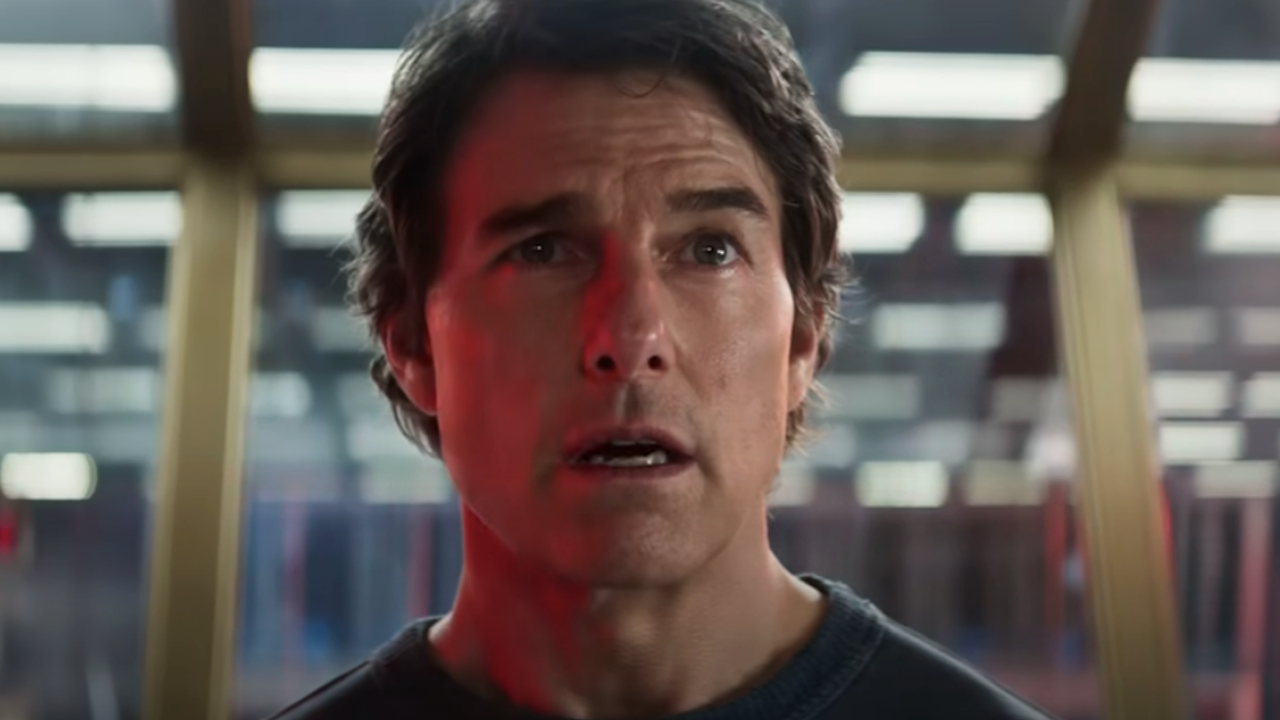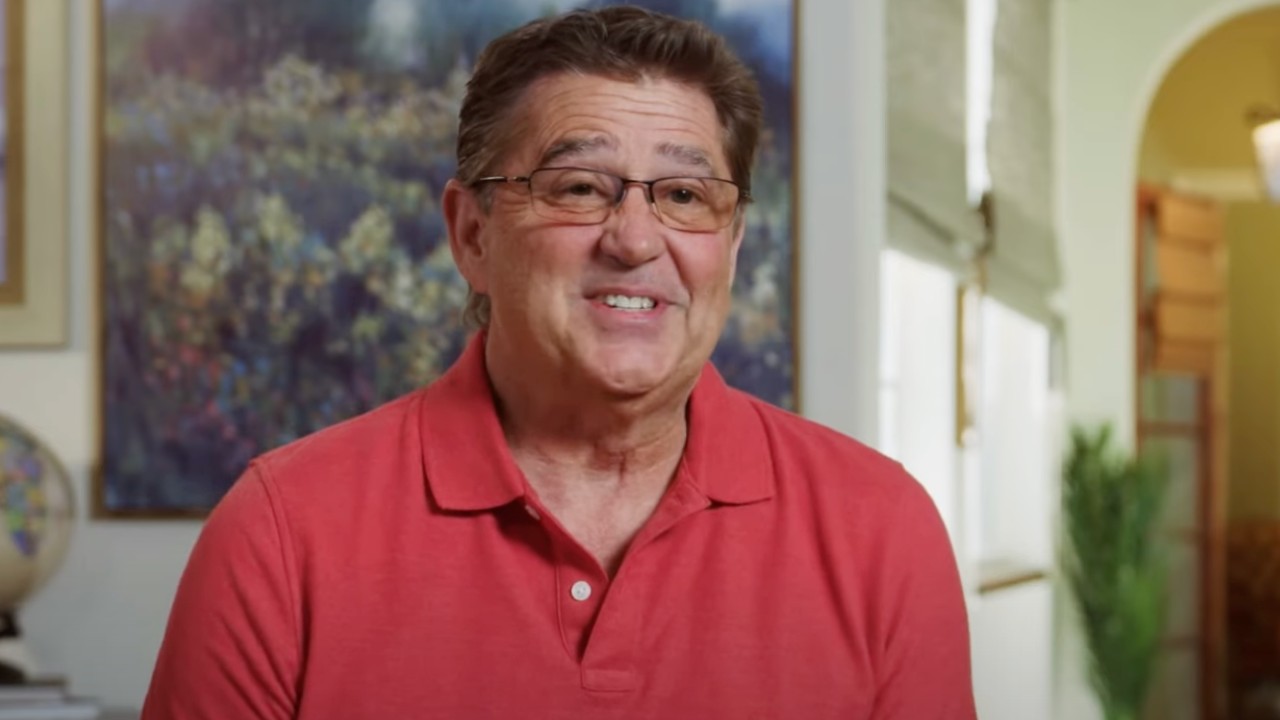To 3D Or Not To 3D: Buy The Right No Time To Die Ticket
Is No Time To Die worth the extra 3D ticket money, or would you be better off toasting with a Negroni at your local bar?
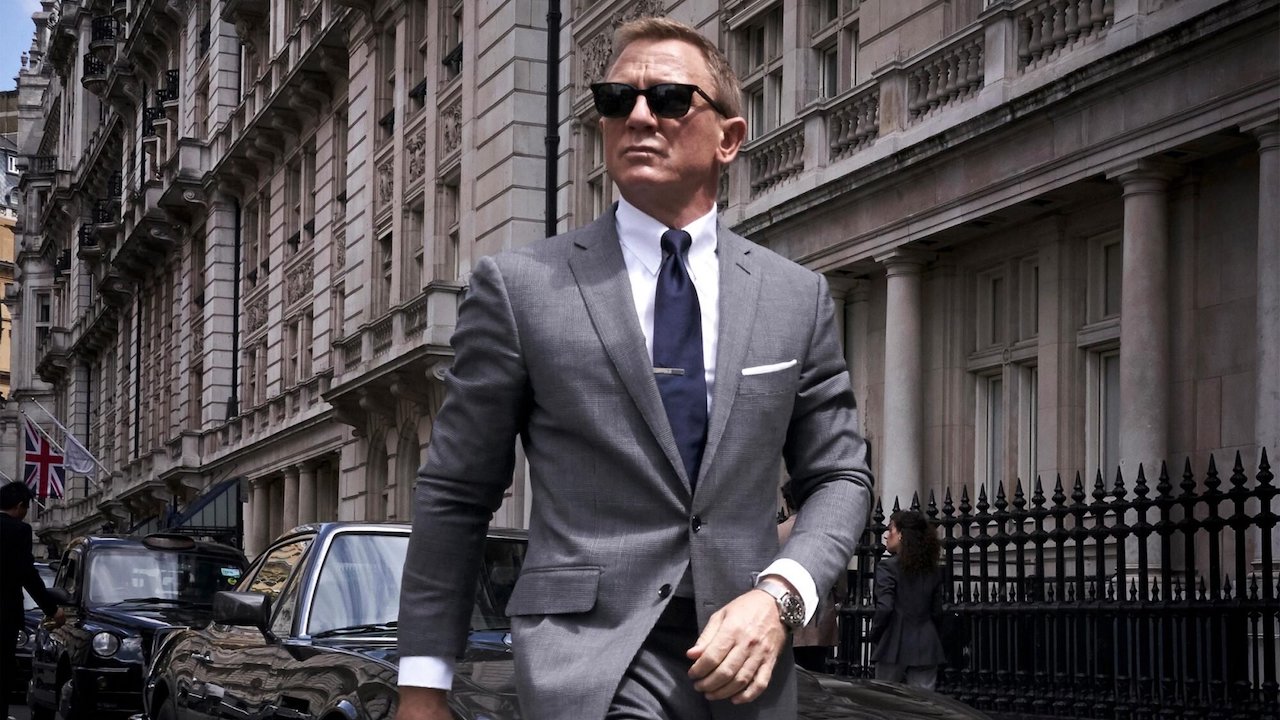
Who would have thought that a James Bond movie would make it into a 3D presentation? For the first time in almost 60 years, 007 is being presented in the third dimension, with Daniel Craig’s swan song No Time To Die. It’s a huge prospect for the already epic conclusion to the Craig era of films. But is it worth the extra 3D ticket money, or would you be better off toasting with a Negroni at your local bar?
Cue the gun barrel, as it’s time for To 3D or Not To 3D to review the quality of No Time To Die’s third dimensional enhancements. If you’re looking for our official review of the movie, that information is waiting in another location. Right now, the mission at hand is looking at the 3D presentation of the 25th James Bond film. Let’s take a look at how No Time To Die measures up behind those 3D glasses, and whether this latest change to the 007 formula is something we can talk about with confidence
FIT SCORE - 5/5
When it was officially announced, a 3D conversion of No Time To Die wasn’t exactly a no-brainer. Intriguing as it may be, the world of James Bond seems like it would be better served by a large format presentation. After all, Cary Joji Fukunaga and cinematographer Linus Sandrgen did film sequences with IMAX film. By the time No Time To Die hits the credits sequence, it’s clear that the format is absolutely a fit for the Bond franchise. However, that just leaves the rest of the film plenty of opportunities to further acquit itself in the third dimensional realm.
PLANNING & EFFORT - 4/5
No Time To Die was a post-conversion job that was conducted in post-production, without any pre-planning by cinematographer Linus Sandgren. I mention this fact because for a movie that was converted into 3D and shot without foreknowledge that the format was going to be applied, DNeg Stereo’s work on creating a 3D version of the film absolutely compliments Mr. Sandgren’s craft. With small caveats against the brightness levels, and a couple hand-to-hand sequences that seem a bit too fast for proper 3D, the planning and effort is absolutely sterling.
BEFORE THE WINDOW - 5/5
If the gun barrel sequence is the champion of the Beyond the Window segment (and it absolutely is), then No Time To Die’s credits sequence is the showstopper for Before the Window action. As the film begins with Madeleine’s childhood flashback, we already get some fantastic visual elements, like Safin’s gun and clothes in a closet, that feel like they’re waiting for us to touch them. But then the graphically gorgeous titles begin, and the symbolism in that opening run is reaching out into the audience. If there was ever something to prove that a James Bond movie needed good 3D, it’s this opportunity to immerse yourself in the clues that this portion offers to highlight the film’s themes. There are even whole moments where Daniel Craig’s delivering impassioned dialogue and his face projects into the audience, really selling the prospect of 3D in emotional and conversation-driven sequences. One last note: underwater sequences absolutely shine in both the Before and Beyond the Window fields, bridging the two aspects into a glorious union.
BEYOND THE WINDOW - 5/5
When that gun barrel hits the screen, you know you’re officially starting a James Bond movie. Staying on target, No Time To Die uses the 3D format to its greatest extent right from the beginning. Just as the Before the Window field pushes Daniel Craig and other cast members into the audience, the Beyond the Window factor draws audiences into the film more than ever. Sinking into the opening gun barrel is just the start, as everything from a surprise birthday party to the streets of Matera is drawn in maximum depth. Characters and their surroundings are separated in beautiful detail, allowing for the audience’s eye to truly get lost within the details of the image. However, the most impressive feat in this category is that even in scenes of near darkness, there’s very clear depth drawn to the surroundings. This definitely comes in handy as we explore both Bond’s Jamaican hideaway at night, as well as the dark corridors of Safin’s lair.
BRIGHTNESS SCORE - 3/5
It’s time once again to fall into the frequent pitfall of any 3D conversion: the lack of brightness in the picture. Few movies escape unscathed, and in the case of the screening observed for No Time To Die’s 3D presentation, there was absolutely an undeniable dimming in the picture. Thankfully, even the dimming of the picture doesn’t ruin the killer edge that’s otherwise on display. Your mileage may vary, depending on how your theater calibrates its projectors between 2D and 3D showings. If you have a theater you trust to keep their equipment in pristine order, make sure to check their listings, as No Time to Die is pretty wide with its 3D presentation’s availability.
CINEMABLEND NEWSLETTER
Your Daily Blend of Entertainment News
GLASSES OFF SCORE - 5/5
Blur is a key factor in any 3D movie’s total package, as that manipulation of the image shows just how much work has gone into presenting the movie as a third dimensional whole. No Time To Die once again excels in its 3D conversion, as there’s a lot of blur at most given moments of the film. Up close and personal moments still have the subtle shading of blur, allowing for those immersive dialogue-heavy sequences to really pop. If you find yourself needing a rest from the 3D in No Time To Die, you’ll definitely be seeing double.
AUDIENCE HEALTH - 4/5
Again, the only real annoyances in No Time To Die’s 3D conversion aren’t enough to sink this film’s premium presentation. The darkness isn’t so drab that your eyes feel taxed, but there are still those moments of hand-to-hand combat between Bond and Primo that leave your eyes scrambling to catch up. They’re fleeting though, as the meticulous pacing and Linus Sandgren’s focus on the emotional payload of each shot truly carries this movie throughout its almost three-hour run time.
FINAL VERDICT - 31/35
With almost three hours of movie to run through, No Time To Die plays so damned beautifully in 3D. Personal moments, as well as action-packed spectacles, feel more intimate and invigorating, and there’s never a time where the 3D feels cheated or rushed. Even in its minor imperfections, this new dimension to James Bond filmmaking is something that absolutely should return, along with whomever sees Bond into his next era of missions. This is a 3D conversion to look up to, as it may just change your understanding of what the format can do for a movie that might not feel instantly fitting for such an approach. If you can see No Time To Die in 3D, you have no time to waste in purchasing tickets.
Be sure to visit our full To 3D Or Not To 3D Archive.

Mike Reyes is the Senior Movie Contributor at CinemaBlend, though that title’s more of a guideline really. Passionate about entertainment since grade school, the movies have always held a special place in his life, which explains his current occupation. Mike graduated from Drew University with a Bachelor’s Degree in Political Science, but swore off of running for public office a long time ago. Mike's expertise ranges from James Bond to everything Alita, making for a brilliantly eclectic resume. He fights for the user.
